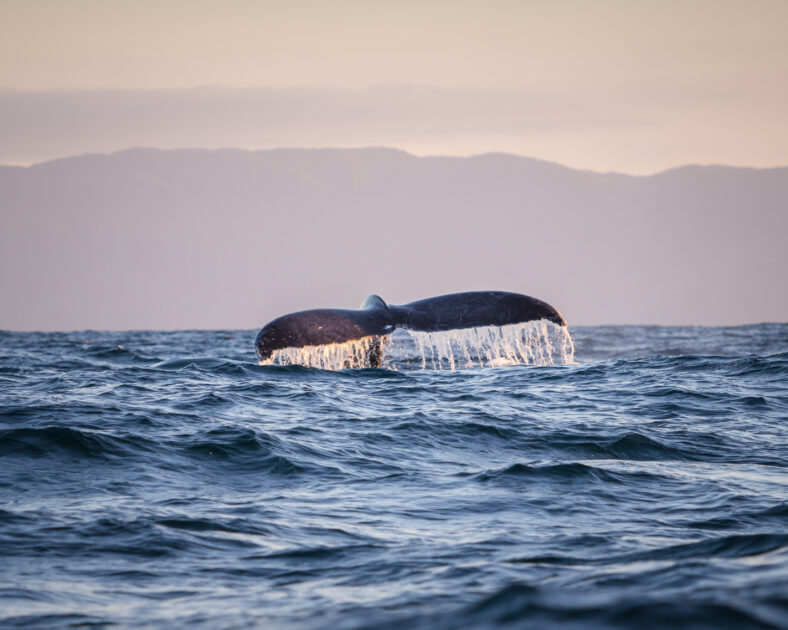A New Species Of Whale Was Recently Identified, But Now There’s A Race Against Time To Save Them From Disappearing For Good

In 2021, researchers identified a new species of whale. Now, they are racing against time to save their natural habitat before the whales disappear for good.
Rice’s whale is the only resident baleen whale in the Gulf of Mexico. It is also one of the world’s most endangered whales. Only an estimated 50 individuals are left.
The species was named after Dale Rice, the biologist who first discovered the animal. In 2019, a male whale was stranded off the shores of Everglades National Park. Its skeleton was salvaged and studied in depth.
At first, researchers thought they had found a Bryde’s whale, but they quickly realized they were looking at something different.
They were able to define it as a new species in 2021, leading to an update of the Endangered Species Act listing.
Researchers are still learning about the characteristics of Rice’s whales. For instance, they have longer vocalizations than Bryde’s whales.
They also dive deeper for food and are picky eaters, while Bryde’s whales forage for a variety of prey near the surface.
Today, a piece of the stranded whale’s baleen is on display at the National Museum of Natural History. The baleen refers to the mouth plates lined with bristles that are used to capture prey.
The whale’s cause of death was a sharp fragment of plastic that it swallowed. The plastic shard caused stomach bleeding, resulting in emaciation.

Sign up for Chip Chick’s newsletter and get stories like this delivered to your inbox.
The worst threat that Rice’s whales face is not plastic pollution. Their prime habitat is bustling with human activity, such as speeding ships, oil spills, and loud blasts from oil and gas drilling that drown out their calls. It is believed that the 2010 Deepwater Horizon disaster killed about a fifth of all Rice’s whales.
The National Oceanic and Atmospheric Administration (NOAA) thinks that the range of Rice’s whales used to be more widespread.
Whaling records from the 1800s indicate that the animals once swam off the northern and southern Gulf of Mexico, possibly even as far south as the Bay of Campeche.
They swam into the Gulf of Mexico about three million years ago, before the land bridge between North and South America had formed fully.
After the bridge closed up the passage, the whales stayed put. Unfortunately, the area is now very different from the place they evolved to live in.
So far, nothing has been done to protect the species. Two steps to ensure their protection will go under review in 2025. In May, federal officials plan to stop oil and gas drilling from harming the whales any further.
In July, the NOAA is set to finalize legal protections of the Rice’s whales critical habitat, which will prevent the federal government from funding or authorizing activities that lead to habitat destruction.
More About:Animals